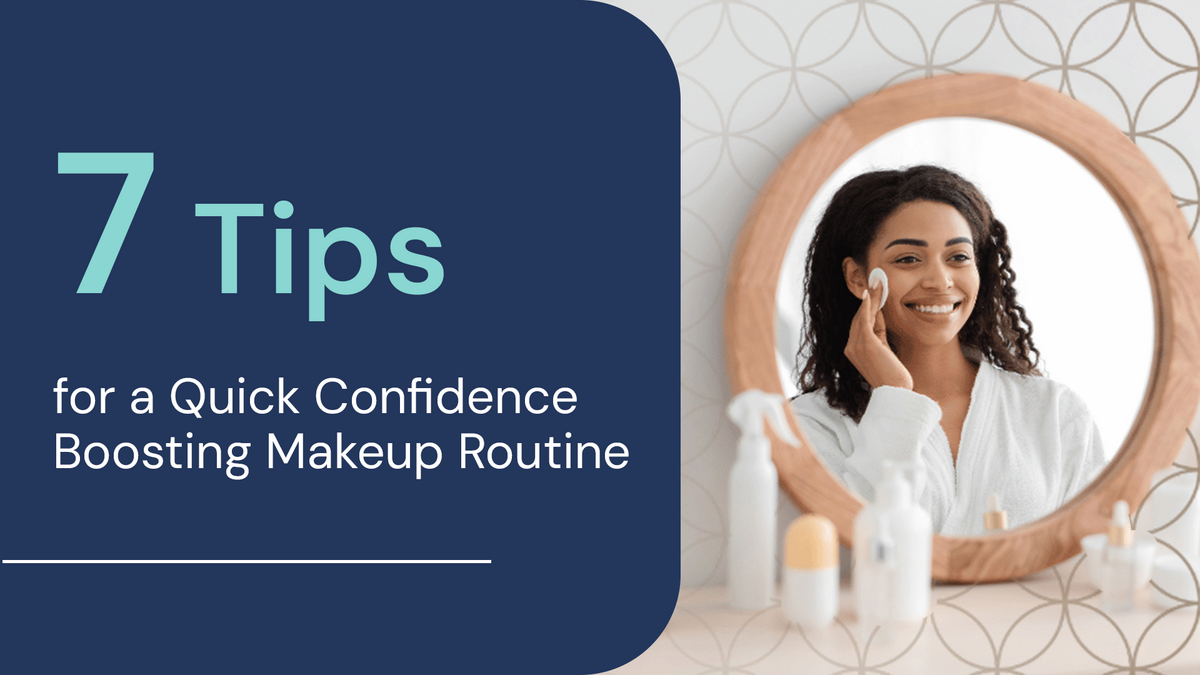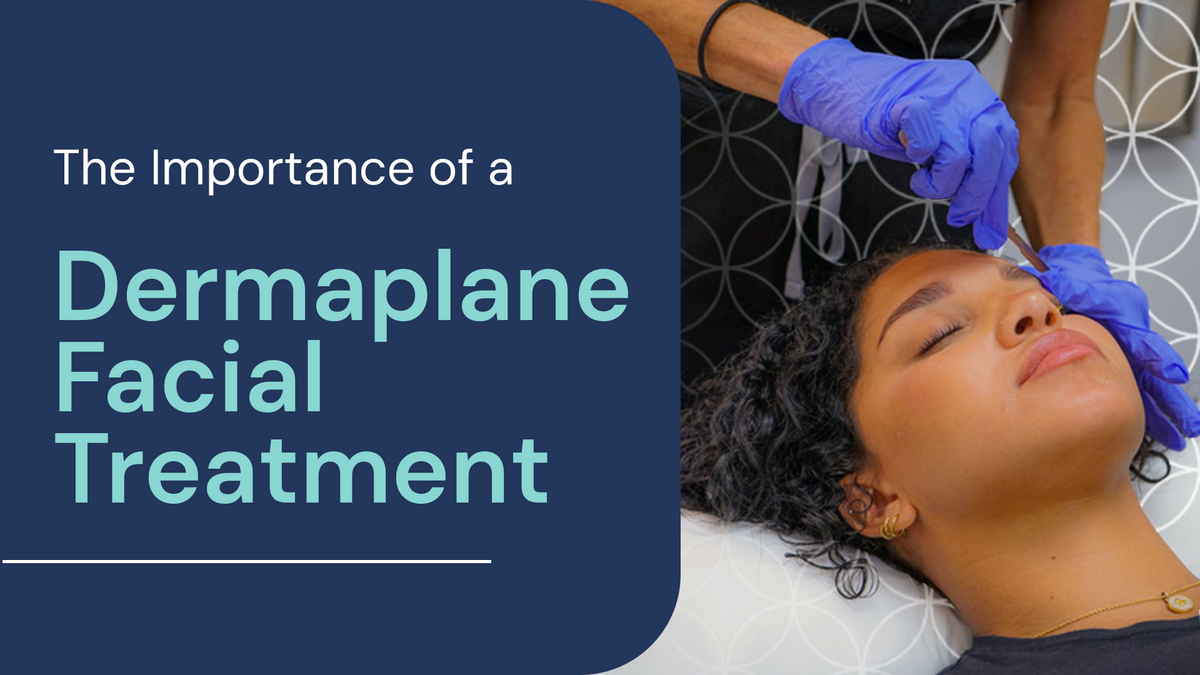Blog
Blog
Entry Tags (45 found)
Acne Active Ingredients Anti-Aging Botox Botox 101 Busy mom Confidence Damaging skin Dehydrating skin Dermaplane Easy routines Exercise Exfoliation Facial treatments Healthier skin Healthy skin care Home Remedies Lack of sleep Makeup routine Mature skin Medical-Grade Skincare Men's skincare Minimal makeup Moisturizer Myths and Misconceptions Prepping your skin Preventative Wrinkle Treatment Professional Skincare Protect your skin Remote professionals Repair your skin Reverse sun damage Science of sweat Skin tips Skincare Skincare products Skincare Tips Summer time Sun damage Sunscreen Targeted Treatments Time-saving routine Tips Treatments What to expect.png)
Men’s Skincare 101: Easy Routines for Healthier Skin
What if taking better care of your skin didn’t have to be complicated, time-consuming, or even confusing? Maybe you’ve been told skincare isn’t for you—or that it’s too much effort for too little payo...
.png)
How to Repair Skin Damaged by the Sun
Is your skin showing signs of too much time in the sun—maybe fine lines that weren’t there before, dark spots that seem to linger, or a rough texture that just won’t smooth out? It’s frustrating when ...

Have you ever wondered if Botox could be the subtle refresh you’ve been looking for—but felt a little nervous about what the process actually involves? You’re not alone. It's completely normal to have...

The Dos and Don’ts of Prepping Your Skin for Summer
Have you ever noticed that your skin seems to have a mind of its own once summer rolls around? Warmer weather, longer days, and more time outside can all cause changes you might not expect—and stickin...

How much has your morning routine changed since working remotely? No more scrambling through traffic, no more rushing to perfect a full face of makeup before heading out the door.
.png)
You know that groggy, drained feeling after a poor night’s sleep? Your skin feels it, too. A lack of rest shows up on your face in ways you might not even realize.

Sweat is a sign of a solid workout, but have you ever noticed that after exercising, your skin feels tight, dry, or even a little irritated? That post-workout glow might not be as hydrating as it look...

There’s something undeniably empowering about feeling put-together, even when your schedule is anything but. Whether you’re heading to an important meeting, running errands, or preparing for a night o...

Life moves fast, and it often feels like there’s no time to pause, let alone focus on your skincare. Between managing responsibilities and trying to carve out a moment for yourself, it’s easy to let y...

The Importance of a Dermaplane Facial Treatment
Feel like your skin could use a glow-up? Dermaplaning might be just the solution. This non-invasive treatment uses a medical-grade blade to gently exfoliate your skin, removing dead skin cells and fin...

